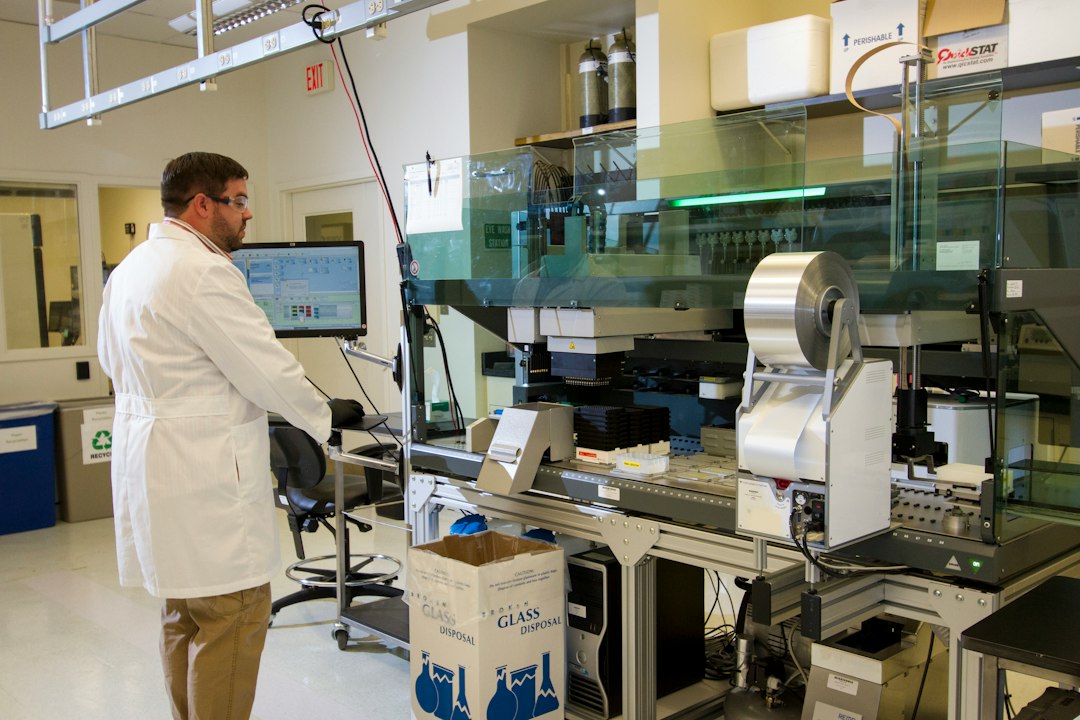Peyronie’s Disease, characterized by the development of curved or bent erect penile shaft, is a condition that affects many men worldwide. It can cause pain, scar tissue formation, and overall sexual dysfunction. Fortunately, there are different ways to treat Peyronie’s Disease, and one of the effective methods gaining popularity is Peyronie’s Disease Shockwave therapy.
Shockwave therapy, also known as extracorporeal shockwave therapy (ESWT), is a non-invasive treatment that uses low-intensity sound waves to break down the scar tissue and stimulate the growth of new blood vessels in the affected area. Multiple sessions are usually required to achieve the desired results.
So, why is Peyronie’s Disease Shockwave therapy gaining attention? Well, firstly, it is a non-invasive procedure, meaning there is no need for surgery or any incisions. This aspect appeals to many men who are hesitant to undergo invasive treatments. Additionally, the procedure is relatively painless and requires minimal recovery time, allowing men to resume their regular activities quite quickly.
Another significant advantage of Peyronie’s Disease Shockwave therapy is its effectiveness. Clinical studies have shown positive results, with improvement in penile pain, penile curvature, and overall sexual function. The low-intensity sound waves work by breaking down the scar tissue, reducing plaque size, and promoting the growth of healthy tissue. This leads to a straighter and healthier penile shaft, ultimately improving a man’s quality of life.
It is important to note that Peyronie’s Disease Shockwave therapy may not be suitable for all cases. The severity of the condition and other individual factors will determine the ideal treatment option. Consulting with a healthcare professional who specializes in Peyronie’s Disease is crucial to determine if this therapy is appropriate for you.
In addition to Shockwave therapy, there are other treatment options available for Peyronie’s Disease. Oral medication, such as vitamin E and potassium aminobenzoate, may be prescribed to alleviate symptoms and promote healing. Verapamil, a calcium channel blocker, is sometimes used topically or via injection to help reduce plaque size.
For more severe cases, surgical intervention may be necessary. Surgical options include removing or grafting the plaque, penile prosthesis implantation, or straightening the penis through a procedure called Nesbit plication. These surgical procedures are typically reserved for cases where conservative treatments have been unsuccessful.
Living with Peyronie’s Disease can be challenging, affecting not only one’s physical health but also psychological well-being. Seeking timely and appropriate treatment is essential for managing this condition. Peyronie’s Disease Shockwave therapy, along with other treatment options, provides hope for men with the condition. Consulting with a qualified healthcare provider will assist in determining the best treatment plan that suits individual needs.
In conclusion, Peyronie’s Disease Shockwave therapy is an effective and non-invasive treatment option for men suffering from Peyronie’s Disease. The low-intensity sound waves break down scar tissue and promote the growth of healthy penile tissue, resulting in improved sexual function and reduced pain. However, it is essential to consult with a healthcare professional to determine the best treatment approach based on the severity and individual factors of the condition.


